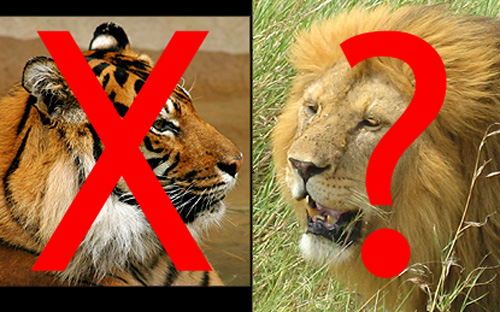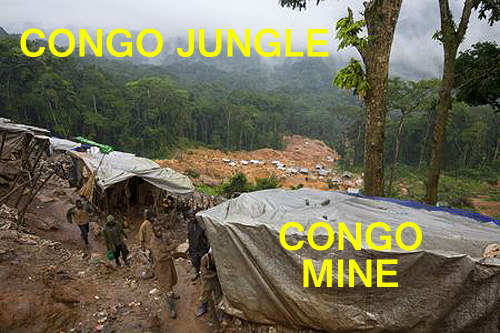Hi Jim,
Hope all is well with you!
Well, thanks to you and our amazing time in Kenya last year, we are officially addicted to Africa. So much so that we just bid and won on a 6 night safari in Zambia! Friends of ours started a charity several years ago to build schools in southern Africa (check out their site at scaleafrica.org). They held a fundraiser last week and a subsequent online auction had the Zambia safari as a prize.
We are now sorting out the logistics and would love your help for the remainder of the trip if possible. I promise we will be back to Africa again and when we are, we’ll plan that safari in its entirety with you. For this trip, we will have 3 nights at Kapani Lodge (Norman Carr Safaris) and 3 nights at Luangwa River Camp (Robin Pope Safaris). Are you familiar with either? Either before or after the safari leg of our trip, we are thinking we’d like to visit Victoria Falls, but are interested to hear if you have other ideas or recommendations. We have to take the trip before mid-June. Between now and then, what do you think is the best time of year to go? Realistically, we couldn’t make it until January of next year so that leaves us with a window of January-June 2013.
Looking forward to hearing from you!
Katie
Jim’s reply below:
Katie –
Congratulations! And those two camps are outstanding, couldn’t be a better combination. In fact I’ll be in Nkwali with Robin Pope Safaris the end of February guiding a private safari. So that will reveal when I think a good time to go is.
The “high season” for Luangwa and for that matter all of southern Africa is July-October, their winter. But this most expensive and heavily booked time is not better for game viewing or anything else. It’s basically when northern hemisphere people travel. The highest of high season is Christmas. So as you make your decision don’t be put off by what seems to be heavily booked or what is more expensive.
As you can imagine Africa’s summer, its rainy season, is my preferred time. It’s when it’s most beautiful, everything is in bloom, when they day is the longest, when the animals foil and calve, basically everything peaks in summer time. The problem is that in southern Africa summer is deadly hot. That doesn’t bother me so much, but it does both many northerners. Go to either weatherunderground.com or our own NOAA and navigate to climate statistics for the exact figures but essentially it’s over 100F in Luangwa from about mid-November to mid-February. It then (in normal years but it’s been anything but normal recently) declines rapidly so that average highs are in the 90s from mid-Feb to mid-March and then upper eighties until mid-May. The rain shouldn’t deter anyone. It’s good. It may break one or two game drives, but it’s worth the gamble to see the veld in full bloom and the animals at their best. One caveat to that, too. The drier and colder it gets, the better is the viewing for cats. That’s logical. As fodder on the veld reduces, predation increases.
What should you add? VicFalls is a wonder. Your local air fare putting in Livingstone (VicFalls) to an itinerary that includes Mfuwe (Luangwa) will add $5-600. In a normal year, the falls are very hard to see from mid-Jan to the beginning of May because the flow is so strong and the mist so blinding. Other than that, I would just stick to Zambia. There are many wonderful additional camps in places like the Zambezi National Park and Kafue, some of my favorite. And if you have a minimum of 2 weeks on the ground and a bit bigger budget, I’d add a couple camps in Botswana. There would be replication here except for the Okavango Delta, which is so unique. Trouble again is that the local air fare between camps in Botswana and your very east Zambian destination is pretty high. Adding Botswana to the program will add about $12-1400 in air fare.
Hope this helps. Let me know if there’s anything else I can do for you.
Regards,
Jim





